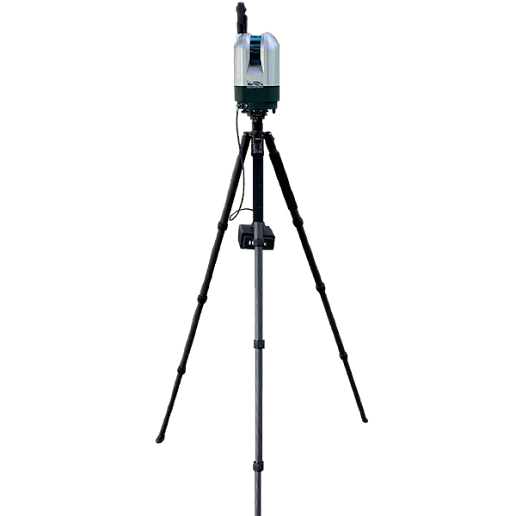Discovering the Levels of Light Observation and Ranging with LiDAR
LiDAR, an optical technology, is frequently mentioned as a crucial technique for driverless cars to sense distance. Several businesses are attempting to create tiny, affordable LiDAR systems. It pulses laser light and counts how long it takes for the light to strike an item and return to the sensor. Since the pulses are released every nanosecond, it is possible to scan an area quickly and thoroughly while obtaining precise 3D pictures that may be used to make elevation maps and other projects.
Finding Possible Risks and Lowering Employee Risk
Drone surveying and inspections provide several benefits, chief among which is their capacity to detect any safety risks. Drones fitted with thermal imaging sensors and cutting-edge algorithms may identify irregularities that can point to structural deterioration or other problems. Drones, for instance, can detect leaks in tanks that could endanger worker safety or fractures in pipelines or metal buildings.
Furthermore, personnel no longer need to conduct hazardous jobs like examining high buildings or restricted areas by hand thanks to drones' ability to do them. This raises workplace safety standards generally and lowers the chance of harm.
Data from the Demand Site Survey
The process of personally inspecting the location, gathering information, and creating topographical or contour maps often takes a few days. Drones will enable you to complete this much more quickly!
To cover bigger land areas, we deploy drones, and this time savings is revolutionary for the construction industry. Therefore, we can complete the task in a few hours as opposed to waiting many weeks to receive the results of the site survey.
HD Monitoring and Remotely Tracking Options Available
In addition to providing an accurate and up-to-date map of the land in 2D and 3D site models, drone surveying for building projects frequently results in aerial images of the location.
This is used to overlay survey plans and site drawings to monitor progress and validate contractor works, which aids in tracking project progress.
Instead of physically visiting the location to gather site information, you may do it from the safety of your office, and once you have the data ready, you can share it with the project team, important stakeholders, or onsite project staff.

Comments
Post a Comment